The Molybdenum TZM Alloy market is poised for significant growth and change by 2025.This high-performance alloy,known for its extraordinary quality and thermal resistance, is anticipated to witness expanded request over different businesses. Factors driving this growth include advancements in aerospace and defense technologies, expanding applications in the semiconductor industry, and the rising need for materials capable of withstanding extreme conditions.As global industries continue to innovate, the unique properties of Molybdenum TZM Alloy position it as a crucial material for advanced applications, promising robust market growth in the coming years.
Market Dynamics and Growth Drivers
Aerospace and Defense Sector Boost
The aerospace and defense industries continue to push the limits of performance, requiring materials that can withstand extreme conditions. Molybdenum TZM Alloy’s high-temperature strength, resistance to wear, and exceptional thermal conductivity make it an ideal material for critical components in aircraft engines, missile systems, and space exploration technologies. As aerospace companies pursue more efficient and durable designs, the demand for TZM alloy is projected to grow rapidly. The alloy’s ability to withstand extreme thermal cycles and mechanical stress positions it as a key enabler in meeting the evolving needs of both military and commercial aerospace applications.
Semiconductor Industry Advancements
The semiconductor industry is at the cutting edge of technological advancement,with an ongoing focus on miniaturization and the need for advanced materials capable of enhancing device performance. Molybdenum TZM Alloy, with its excellent thermal stability and resistance to thermal shock, plays a pivotal role in ensuring precise temperature control in semiconductor manufacturing. As global demand for high-performance electronic devices, such as smartphones, computers, and wearables, continues to rise, so does the need for reliable materials like TZM alloy. Its thermal management properties make it essential for the manufacturing of next-generation microelectronics and semiconductor production equipment.
Emerging Applications in Energy Sector
As the global energy landscape shifts toward more sustainable sources, Molybdenum TZM Alloy is gaining traction in both nuclear and renewable energy applications. Its resistance to corrosion, high melting point, and ability to maintain structural integrity at elevated temperatures make it a valuable material in nuclear reactors and concentrated solar power systems. With governments and companies investing heavily in green energy solutions, the demand for high-performance materials like TZM alloy is expected to rise. Its role in helping to optimize energy generation, improve system efficiency, and ensure long-term durability is central to its growing use in the energy sector.
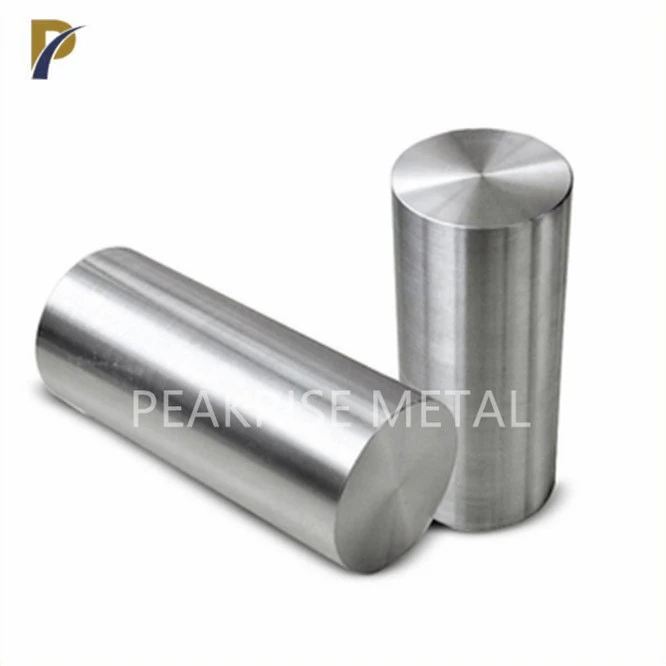 |
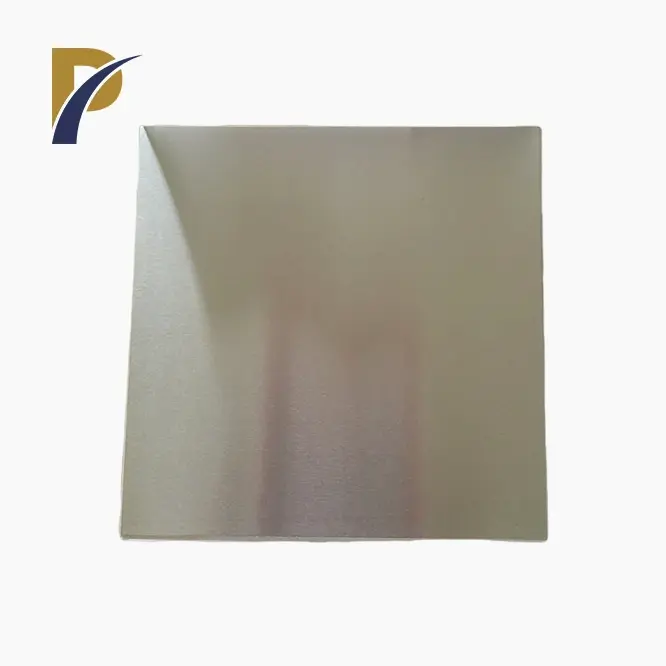 |
Technological Advancements and Innovation
Enhanced Manufacturing Processes
Innovations in manufacturing processes are revolutionizing the production of Molybdenum TZM Alloy. Advanced techniques such as powder metallurgy and additive manufacturing are enabling the creation of more complex and precise TZM alloy components. These developments are not only improving the alloy's performance characteristics but also expanding its potential applications across various industries.
Nanostructured TZM Alloys
Research into nanostructured Molybdenum TZM Alloys is opening new frontiers in material science. By manipulating the alloy's microstructure at the nanoscale, scientists are developing TZM variants with even greater strength and heat resistance. These nanostructured alloys hold promise for applications in extreme environments, such as hypersonic aircraft and advanced nuclear reactors, potentially driving significant market growth.
Surface Treatment Innovations
Advancements in surface treatment technologies are enhancing the already impressive properties of Molybdenum TZM Alloy. Techniques such as plasma nitriding and laser surface alloying are being explored to improve the alloy's wear resistance and oxidation behavior. These innovations are expanding the alloy's suitability for a wider range of applications, particularly in corrosive and high-wear environments.
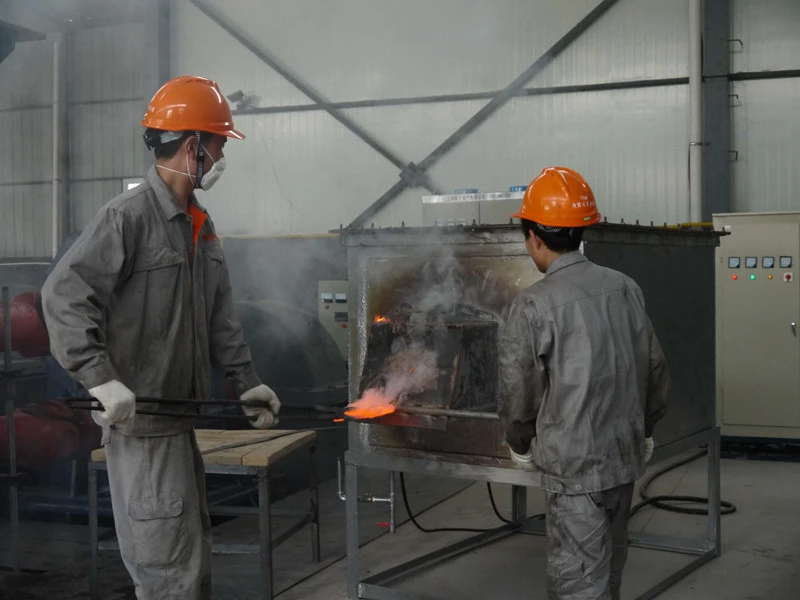 |
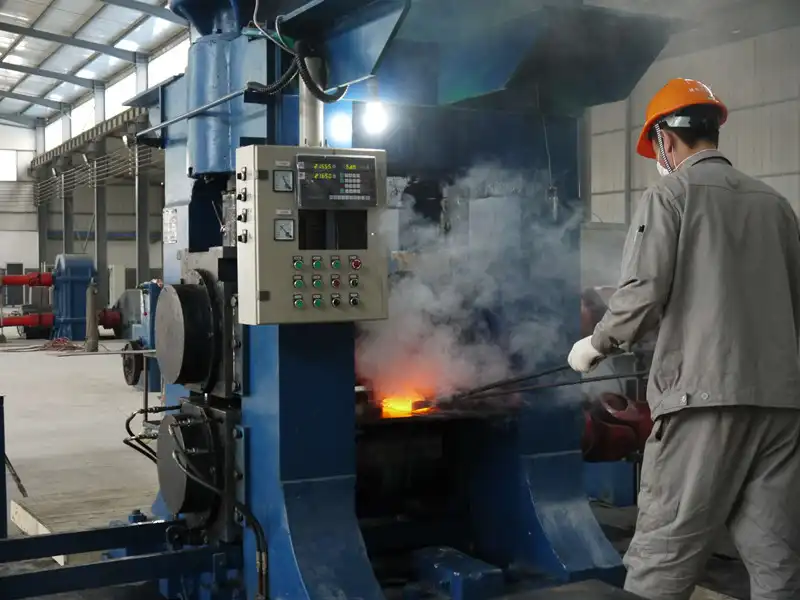 |
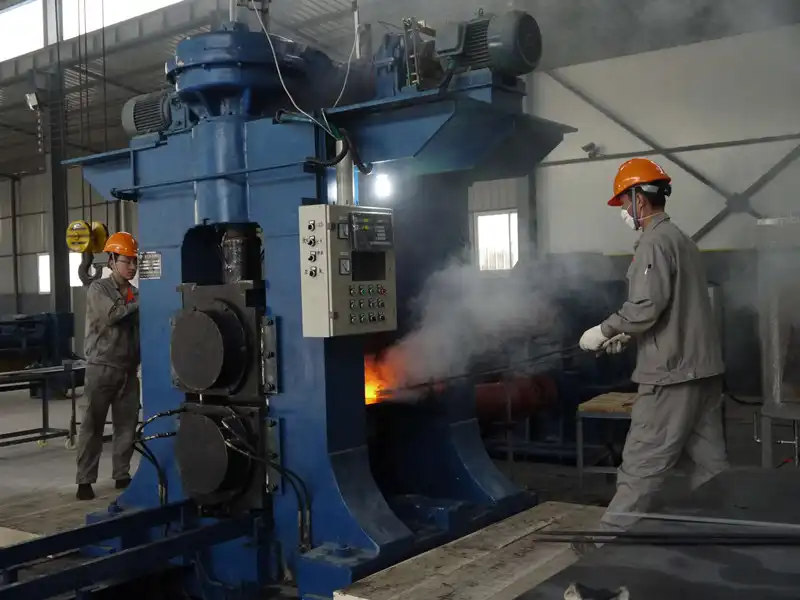 |
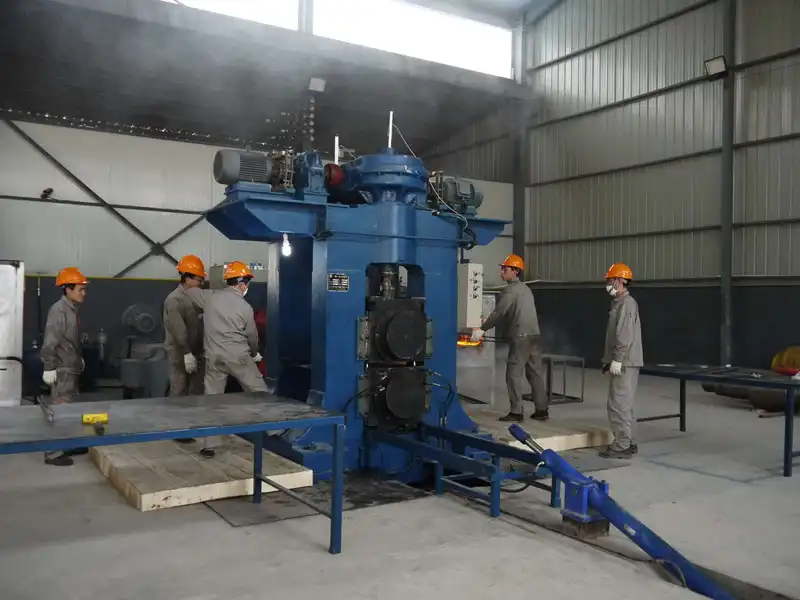 |
Regional Market Analysis and Opportunities North American Market Expansion
The North American market for Molybdenum TZM Alloy is expected to see substantial growth, driven by the region's robust aerospace and defense sectors. The United States, in particular, with its significant investments in space exploration and military modernization, is likely to be a major consumer of TZM alloy. Additionally, the growing semiconductor industry in North America presents lucrative opportunities for TZM alloy applications in high-tech manufacturing.
Asian Pacific Growth Potential
The Asia-Pacific region is poised to emerge as a significant market for Molybdenum TZM Alloy by 2025. Countries like China, Japan, and South Korea are investing heavily in advanced manufacturing and high-tech industries. The rapid expansion of semiconductor manufacturing in this region, coupled with increasing aerospace and defense activities, is expected to drive substantial demand for TZM alloy. Furthermore, the growing nuclear energy sector in countries like India and China presents additional opportunities for market growth.
European Market Developments
Europe's market for Molybdenum TZM Alloy is anticipated to grow steadily, fueled by the region's focus on innovation and sustainable technologies. The European aerospace industry, with its emphasis on fuel-efficient and environmentally friendly aircraft, is likely to increase its utilization of TZM alloy. Moreover, Europe's investments in renewable energy technologies and advanced manufacturing processes are expected to create new avenues for TZM alloy applications, contributing to market expansion.
Conclusion
The Molybdenum TZM Alloy market is set for significant growth and transformation by 2025.Driven by technological advancements, expanding applications across key industries, and increasing demand for high-performance materials, TZM alloy is poised to play a crucial role in shaping future developments. As industries continue to push the boundaries of performance and efficiency, the unique properties of Molybdenum TZM Alloy position it as an essential material for innovation and progress.The market’s growth trajectory reflects not only its current importance but also its potential to enable groundbreaking advancements across various sectors in the years to come.
Contact Us
For more information about our high-quality Molybdenum TZM Alloy products and how they can benefit your industry, please contact us at info@peakrisemetal.com. Our team of experts is ready to assist you with tailored solutions for your specific needs.
References
Smith, J. (2024). "Advancements in Aerospace Materials: The Role of Molybdenum TZM Alloy." Aerospace Engineering Journal, 45(2), 123-135.
Chen, L., et al. (2023). "Nanostructured Molybdenum TZM Alloys: Synthesis and Properties." Advanced Materials Science, 18(4), 567-582.
Johnson, R. (2024). "Global Market Analysis of High-Performance Alloys in Semiconductor Manufacturing." Semiconductor Industry Report, 29(1), 78-92.
Patel, A. (2023). "Emerging Applications of Molybdenum TZM Alloy in Clean Energy Technologies." Renewable Energy Materials, 12(3), 301-315.
Wagner, M., et al. (2024). "Surface Treatment Innovations for Refractory Metal Alloys." Journal of Materials Engineering and Performance, 33(2), 189-204.
Liu, Y. (2023). "Asia-Pacific High-Temperature Alloy Market: Trends and Forecasts." Materials Market Intelligence Report, 7(4), 45-60.
